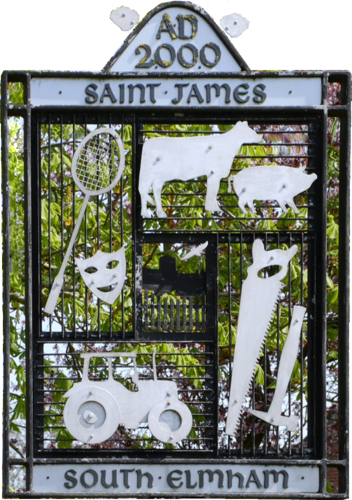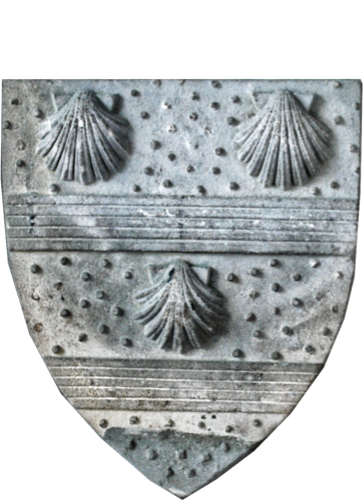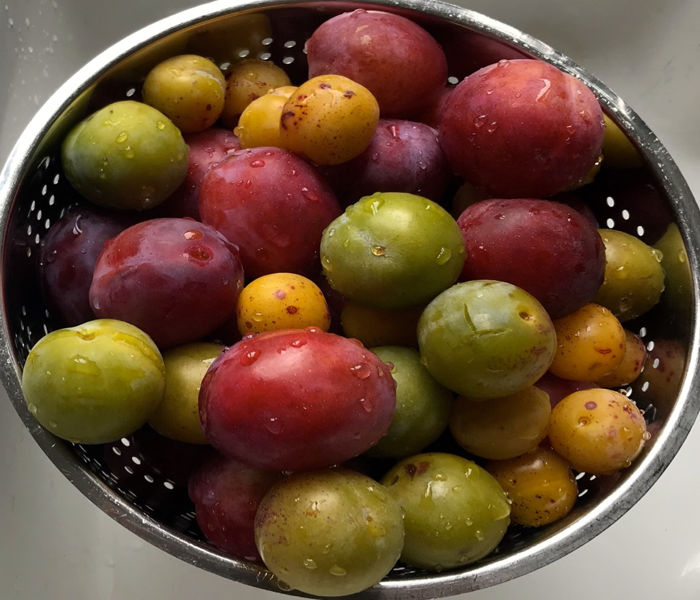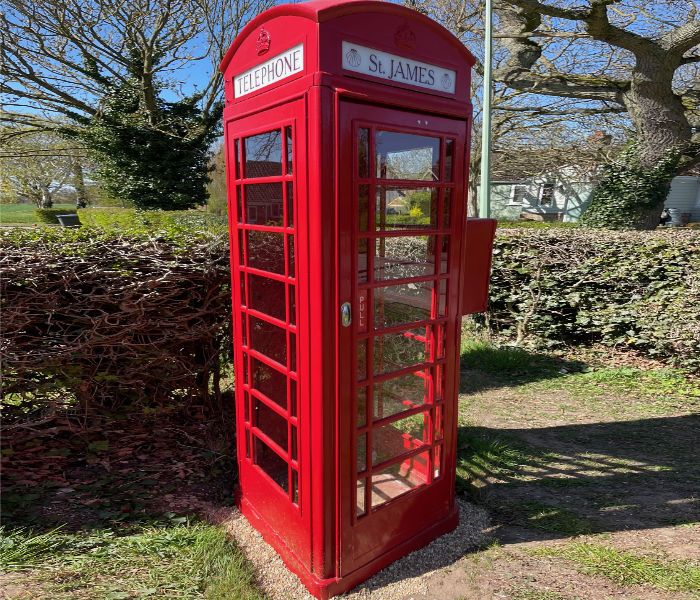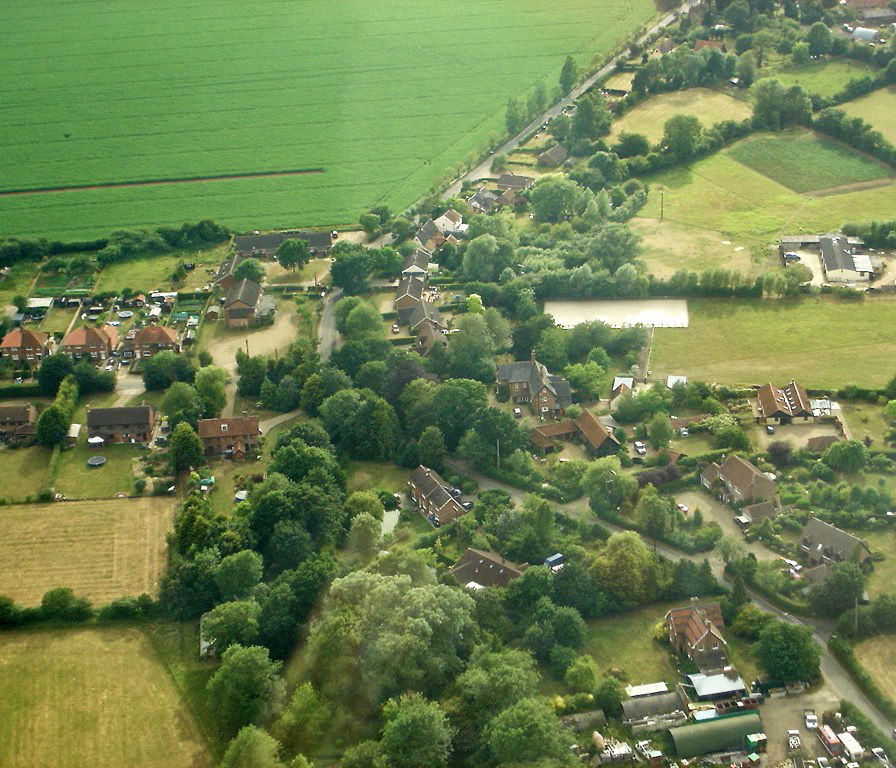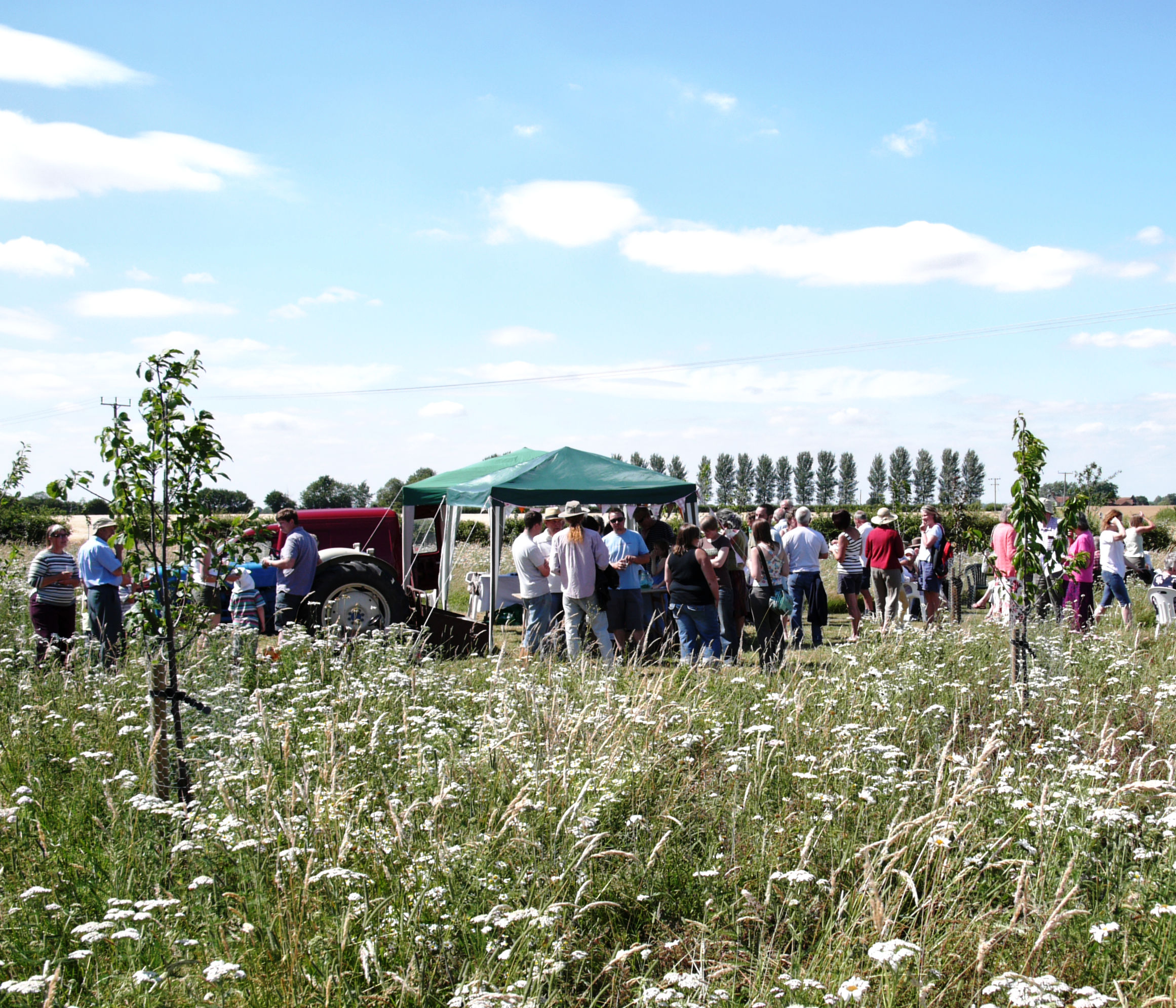St James South Elmham: An Introduction
St James South Elmham, often St James or sometimes St James SE, sits out on a limb, an ancient and deeply rural village. It is set away from the other Saints parishes with houses ancient and modern tucked in among the trees that help protect it from the winds in high-plains Suffolk. The climb up to it is gentle and steady but it is the highest parish above sea level in East Suffolk. Agriculture is at the core of village life and still comes right to its centre.
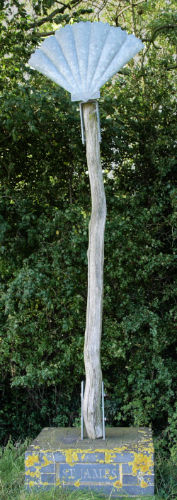
The South Elmham parishes, together with nearby Flixton and Homersfield, made up the deanery and township given to the Bishops of Dunwich who evangelised this part of Suffolk; subsequent Bishops of East Anglia held all the South Elmham deanery manors. An area known as St James’ Park in the south of the parish was the deer park which was still used by the Bishops of Norwich in the 12th and 13th centuries. The Anglo-Saxon parts of St James church are evidence of much earlier village roots
The heraldic image at the top right of the screen shows a stone shield crossed by two bars and with three scallop shells. This is set into the wall inside the church close to the altar and again highlights the link to St James. The patterns in the stone represent colours of a painted version: the ‘beaded’ background would be gold, the lines in the bars indicate blue. The shells would be white. The project for the creation and installation of these two signs is described in more depth here.
